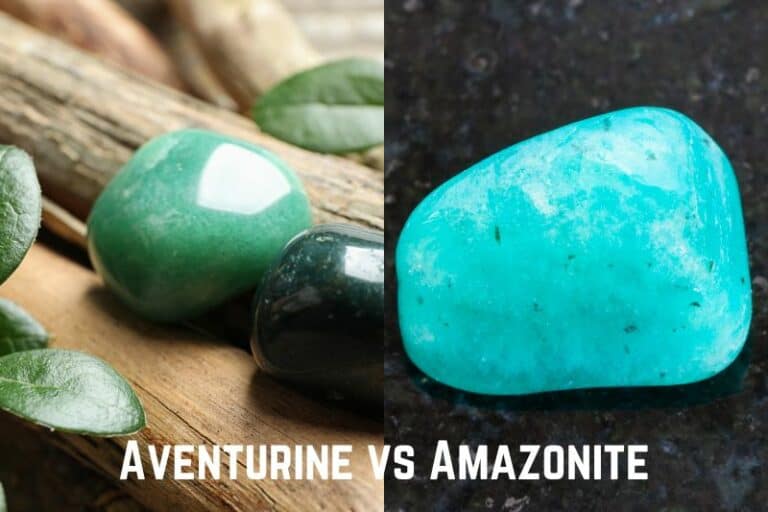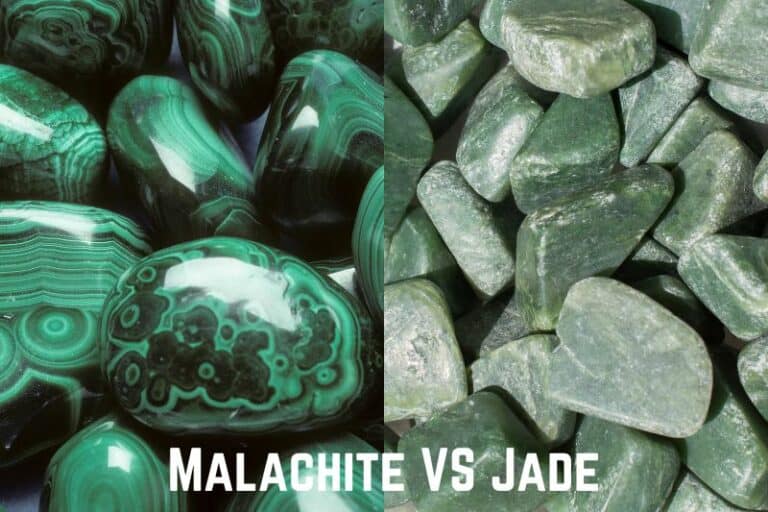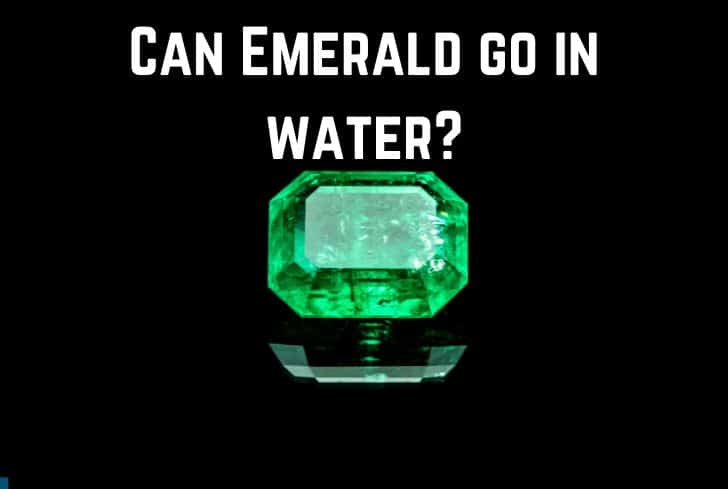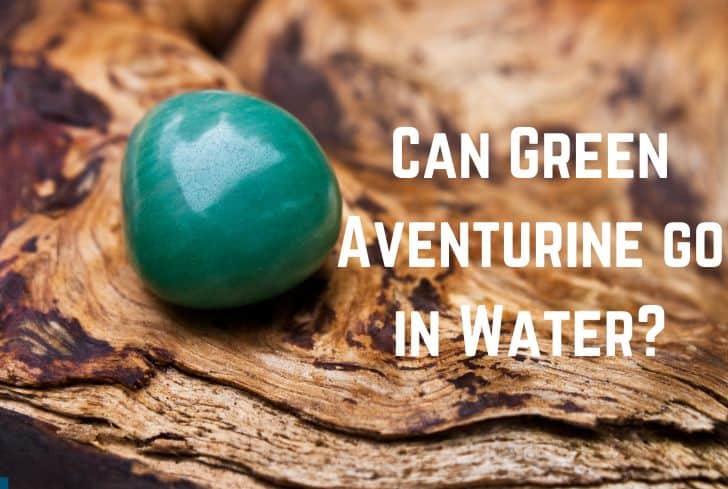Garnet vs Ruby (Properties & Composition)
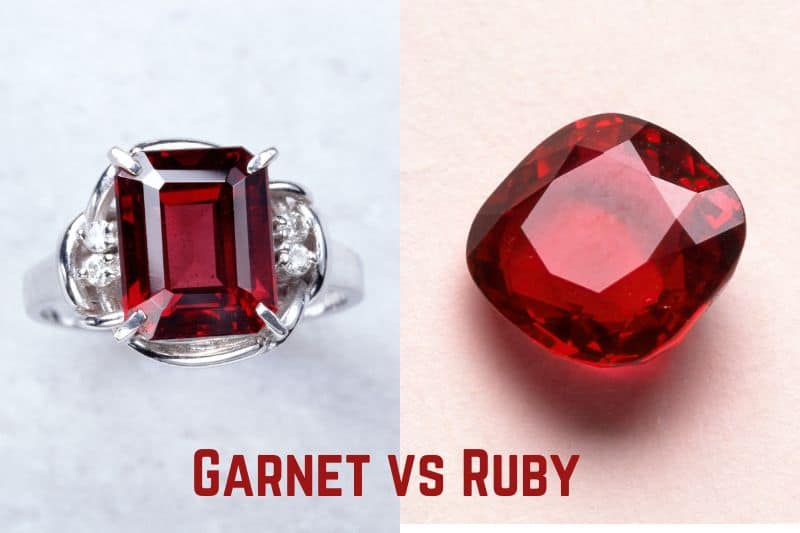
Garnet and Ruby are both red gems that are often confused. However, these two gems differ from each other in almost every other aspect, from chemical composition to market price. Both are popular in jewelry as well as for spiritual purposes.
In this article, we are going to look at the differences between garnet and ruby. We will begin by talking about their composition, color, and size. Then we will discuss their occurrence and pricing. Finally, we will learn about their uses and care.
Read: Can Garnet Go in the Water? (And Sunlight?)
What is Garnet?
Garnet is a large group of silicate minerals that have the general chemical composition of X3Y2(SiO4)3. Garnet gets its name from the Middle English term gernet meaning “dark red”, which is the most common color of the crystal.
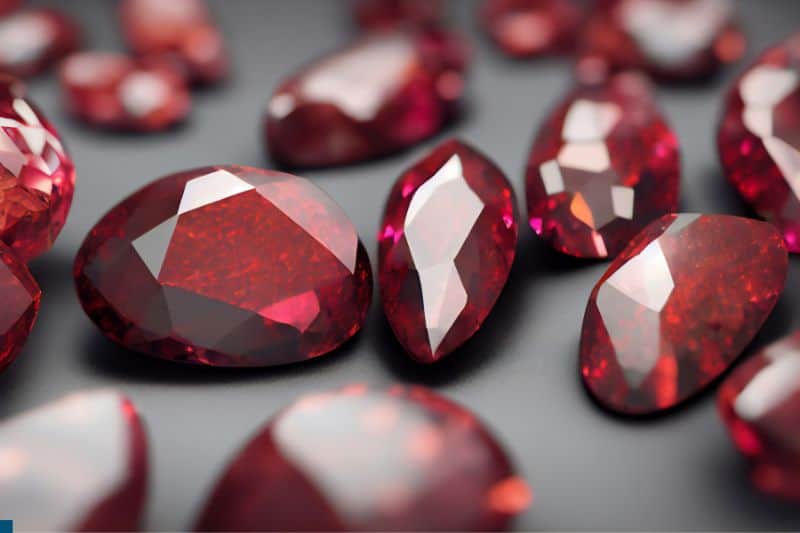
Garnets are found throughout the world in igneous, metamorphic, and sedimentary rocks. Most often, garnet found near the Earth’s crust forms when a sedimentary rock with large aluminum content (for example, shale) is subjected to heat and pressure until it produces schist or gneiss.
Some of the species of garnet are pyrope, almandine, spessartine, etc. Garnet specimens can be found in all colors, but red is the most common one and blue is the rarest. The stone is mainly used for jewelry and industrial purposes.
What is Ruby?
Ruby is one of the most popular and valuable jewelry gems. It gets its name from the Latin term ruber, which means red, the distinguishing color of the stone. Blood-red or pigeon blood ruby is the most prized variety.

Ruby is one of the traditional cardinal gems, along with amethyst, sapphire, emerald, and diamond. The value of ruby, as with most gemstones, is determined by its color, cut, clarity, and carat weight.
Ruby is not only gorgeous but is also one of the most durable stones, which makes it ideal for jewelry. Besides being a popular gemstone, it is also used for spiritual purposes and is the birthstone for July.
Composition
Although garnet and ruby may appear similar, they are completely different in terms of chemical composition.
Garnets are a group of silicate minerals that have the general chemical composition of X3Y2(SiO4)3. There are various species of garnets, which have similar physical properties & crystal forms but differ in their chemical compositions. Species like pyrope and almandine are mainly used for jewelry-making.
In contrast, ruby is a red variety of the mineral corundum (aluminum oxide). The gemstone gets its distinctive color from chromium.
Color
Both garnet and ruby appear similar, which is why they are often confused. However, there are some subtle differences in color, intensity, and hue.
Although both stones are red, garnet is slightly lighter & paler in comparison. Moreover, garnet stones often have a hue of orange or yellow.
In contrast, rubies have a much deeper and distinct red color. They can also have a hint of blue or purple.
Read: Alexandrite vs Amethyst (Properties & Composition)
Size & Hardness
Garnets are available in large sizes. Large rubies, however, are both rare and expensive. Both stones have considerable hardness.
Garnet is commonly available in large sizes, and if you are looking for a jewelry piece embellished with a large stone, then go for a garnet. Rubies are also available in a wide range of sizes, but fine-quality ones are usually small.
Anything ruby piece over 1 carat is both extremely rare and expensive. Both stones are considerably hard, making them ideal for jewelry. This is measured using the Mohs Hardness Scale, which determines hardness based on a mineral’s scratch resistance relative to other minerals.
Garnet has a value of 7 to 7.5 on the Mohs Scale, while Ruby has a value of about 9.0. Both are good enough for jewelry, but since ruby is harder, it is more suited to daily wear jewelry. Moreover, since their values are above the minimum value (5.0) required for minerals to be safe underwater, both garnet and ruby can be safely immersed.
Pattern and Clarity
Garnet and ruby also differ in their clarity and how light passes through them.
Some garnet species like demantoid (a sparkling green variant) can have visible inclusions called horse-tails, which raise their value. However, in most cases, garnet is completely clear.
In contrast, ruby usually has flaws and thin rutile inclusions (needles).
Another distinguishing factor is how light passes through them. Garnet does not absorb any color, so when you shine a bright light on it, you will see a full seven-colored rainbow shine through it.
This does not happen with ruby; the stone absorbs the yellow and green hues. So, when you shine a light through it, it will not reflect a full rainbow spectrum.
Finally, rubies are also pleochroic: they display different colors (like purple-red) when viewed from different angles. Rubies also exhibit a phenomenon known as asterism; the rutile inclusions interact with the light and create a star on the gem’s surface. Some garnets can show a color change phenomenon similar to that of alexandrite.
Zodiac Sign & Symbolism
Besides being popular in jewelry, garnet and ruby are also widely used for spiritual purposes.
Garnet is the birthstone of January. In tropical astrology, it is also the birthstone of Aquarius and Capricorn. Historically, the stone’s red color has been associated with heart and blood. People believed that the stone would prevent hemorrhage and improve circulation.
It is also said to inspire the heart to perform great deeds. In Persia, garnet was considered a talisman from nature’s forces like lightning and storm. Garnets were seen as a symbol of life by the Egyptians, who buried them with their dead for securing a peaceful afterlife.
Ruby is also valued for its cultural significance. It was traded as early as 200 BC along China’s North Silk Road, and it was called “Ratanraj” (king of gems) by Ancient Hindus. In the Middle Ages, Europeans valued it above all stones. Ruby is the birthstone for July and the gemstone for the Cancer zodiac sign.
Location
Garnets are found in many locations around the world but rubies are extremely rare.
Garnets are found throughout the world in igneous, metamorphic, and sedimentary rocks. Most often, garnet found near the Earth’s crust forms when a sedimentary rock with large aluminum content (for example, shale) is subjected to heat and pressure until it produces schist or gneiss.
Garnets also occur in the rocks of contact metamorphism, lava flows, and the soils where garnet-bearing rocks erode. Africa, Brazil, and Sri Lanka are other important sources of garnet. Abrasive garnet is found in garnet-rich beach sands of India and Australia.
Ruby, on the other hand, is quite a rare mineral. It is found in aluminum-rich metamorphic rocks, which undergo chemical reactions and form corundum crystals. When chromium is present, it substitutes some aluminum and gives corundum a red color (hence making it a ruby). Ruby is mined in Cambodia, Afghanistan, Japan, etc.
Rarity & Pricing
Since garnet is abundantly available, it is quite affordable. Ruby, on the other hand, is one of the most expensive stones.
Garnet is not a specific gemstone but a group of silicate minerals that come in a variety of colors. Although some garnets (like green ones) are hard to find, red garnet is quite abundant and therefore affordable. One carat of good quality garnet can cost between $500 to $7000.
In contrast, ruby is one of the rarest and most expensive gemstones on the planet. The price of a good quality ruby can be somewhere around $1000 to $20,000 per carat. As with most gemstones, the price depends on color, cut, clarity, and carat.
Pure, vibrant red rubies and slightly purplish ones are highly valued. If there are too many inclusions that obstruct transparency or brilliance, then the price will get lower. Fine-quality rubies over one carat are very rare and the price rises dramatically for those.
Care
Both stones have a value of over 5.0 on the Mohs Hardness Scale, so they are fine to go underwater. Follow these steps to clean either of them:
- Mix a soft detergent/soap with lukewarm water.
- Immerse the stone in it for a few minutes, cleaning the crevices with a soft brush.
- Rinse the stone under running water and ensure that no excess soap remains.
- Let the stone air dry. Make sure you flip it a few times to get all water out of the crevices.
Ultrasonic cleaners are also safe for both stones. However, it is not recommended use steam cleaning as it can damage the garnet.
Read: Jasper vs Agate (Are They Different or Same?)
Uses
These are the uses of garnet and ruby:
- Industrial Uses: Garnet is a good abrasive and is often used as a replacement for silica sand in sandblasting. Cabinet makers use garnet paper for finishing bare wood. Garnet sand is also used in water filtration.
- Jewelry: Both garnet and rubies are popular jewelry stones.
- Cultural Associations: Garnet and Ruby also have cultural values attached to them: they are the birthstones of January and July respectively.
Conclusion
In this article, we have talked about garnet and ruby. Although somewhat similar in appearance, both stones differ in almost every aspect, from chemical composition to their price. Both stones have their advantages and are ideal for jewelry.

